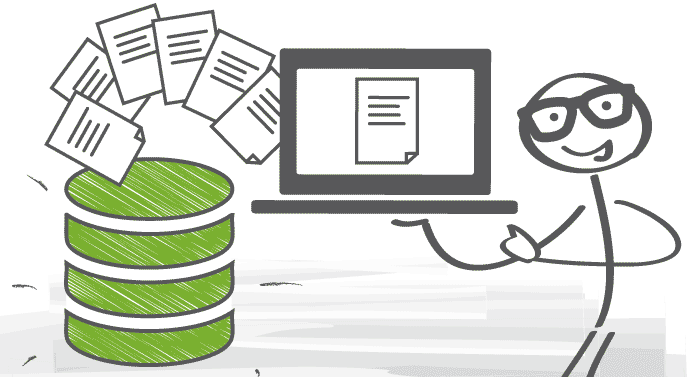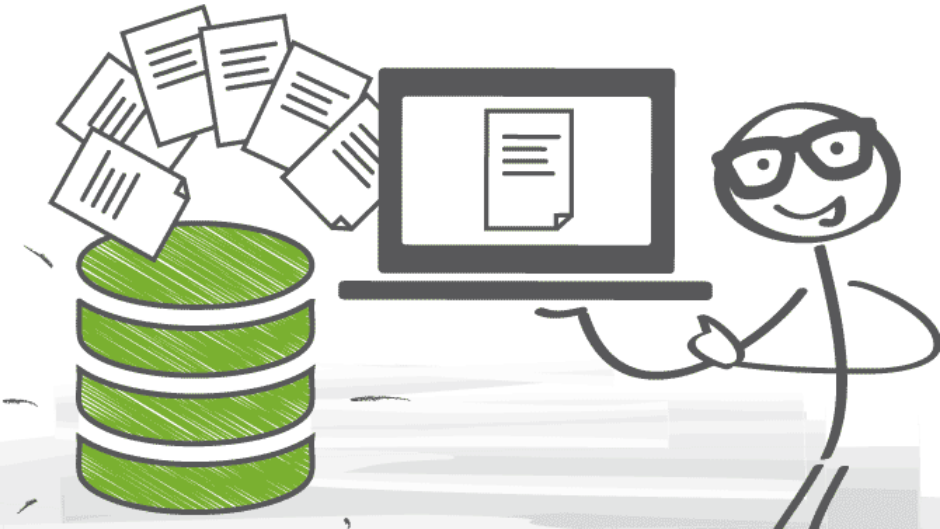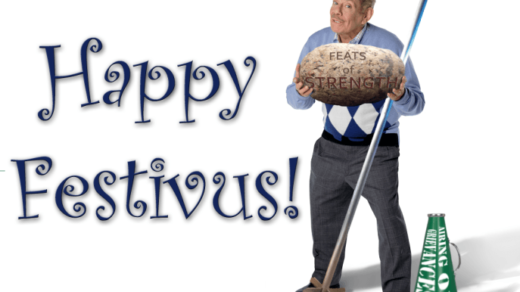
Databases. It’s a love/hate thing for most people. I have advocated that your database (and the data contained in it) are your organization’s most valuable asset. It (should) record a history of your donors, prospects, campaigns, and notes. It can also be used to keep newspaper clippings, donor interests, as well as other information that may come in handy.
But for many, the database is used merely as a glorified address book — looking up emails, telephone numbers, etc. It doesn’t need to be overly complex (I have seen small organizations use Microsoft Access as a database) and the industry-standard is pretty much Raisers Edge (RE) by Blackbaud. One of the neat things that RE has done is the introduction of NXT a few years ago — a web interface that allows the front line fundraiser to navigate through the database, pull basic reports and enter notes/actions without requiring the help of the DBA. It piggybacks on top of RE, so your DBA can still do the things they need to do in a proper database setting. My colleague who serves as the DBA lives in the “back end” of RE and personally never uses NXT.
I have argued that “garbage in is garbage out”, meaning that a database is only as useful as the data it contains. How much information in your database is outdated (bad addresses, typos, duplicates, deceased, etc.)? Being a guy who fully embraces technology (and am often an early adopter), I utilize the database to help remind me of actions I need to take with my prospects/donors, as well as using the database to track what my colleagues are up to as a supervisor.
That being said, I have found that some people think of the database as the panacea of fundraising. The database will not fundraise for you — you must still do the heavy lifting. The database does, however, make your administrative time more efficient and in today’s world, that’s the name of the game. NXT can be used on anything with a web browser, including your phone. Just last week, I was with a Corporate Partner who asked when his first gift was and what the purpose of that first gift was for. I didn’t need to have his whole account printed off for the visit, rather I just popped onto my phone and all the information was right at my fingertips. (The donor was more impressed by the technology than I was, I think!)
I think of the database as a fail-safe — what happens if I were to get hit by a beer truck (heaven forbid) and was unable to come to work for months? Somebody could query my assignments in the database, read all of the notes and carry on seamlessly (ideally). As I have mentioned in earlier posts, the fundraising world is a dynamic one where staff come and go. The database is a permanent history (and reminders of future actions).
I have also come to the point where we store all correspondence in the database, from emails to sponsorship proposals, from phone discussions to pledge forms. This way, we need not worry about paper files and the need to store them somewhere. It is all digitally recorded — a far cry from my first capital campaign that was tracked with index cards.
So, in conclusion, I would recommend that you embrace the database — it can be one of your greatest assets if used correctly.
L’chaim,
jack




